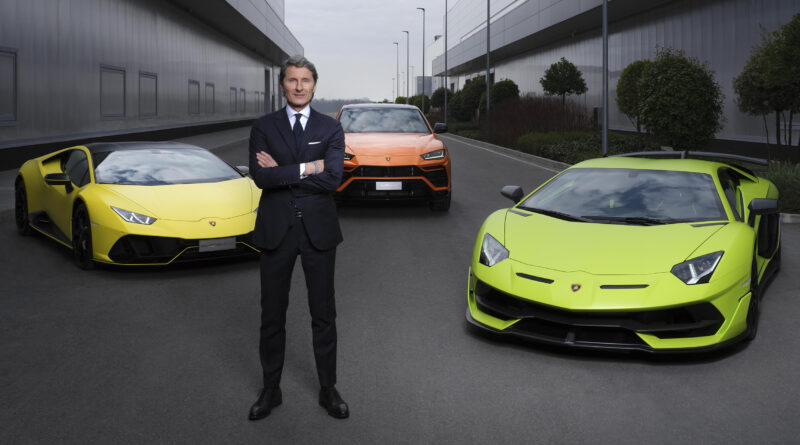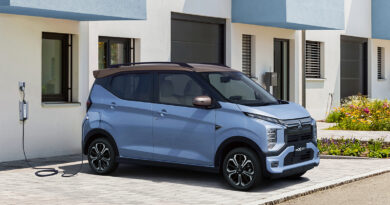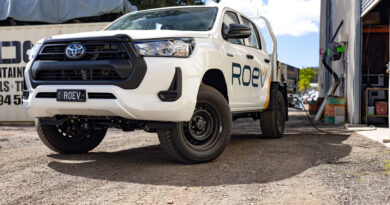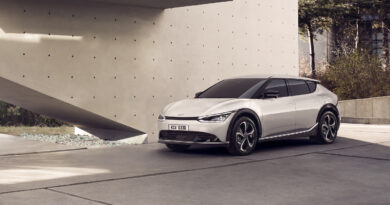Electric thrust: Every Lamborghini to be hybrid by 2024
Electric motors are coming to the entire Lamborghini range within a few years.
In announcing its electrification strategy – which includes a full EV by the end of the decade – the Italian sports car brand confirmed each of its three current models would boost performance and efficiency through the use of a petrol-electric hybrid system by 2024.
“When it comes to electrification, at Lamborghini we always said that we don’t want to be the first, we have to be the best,” said Lamborghini president and CEO Stephan Winkelmann in announcing a €1.5 billion investment over four years to electrify the lineup.
READ MORE: Electric Lamborghini confirmed, coming by 2030
The head of the Volkswagen-owned brand said “all of our three models will be electrified by the end of 2024”.
Whether that means every Lamborghini sold will be electrified or every model will have an electrified option remains to be seen, although Lamborghini typically keeps its drivetrain offerings to one with minor variations for different specification levels, suggesting the former is more likely.
And while the shift to electrified models is designed to reduce the CO2 emissions of the vehicles by 50 percent by 2025, there will also be performance benefits.
Want the latest EV news and reviews delivered to your inbox? Subscribe to our weekly newsletter!
“The absolute focus will remain on performance,” said Winkelmann during the “Direzione Cor Tauri” speech.
In other words, the shift to electric motors is set to boost performance. “The electric engine adds torque, it adds acceleration,” he said.
“We build the dreams of our customers. They expect super sports cars that are better than their predecessor, always innovating with cutting-edge technologies.
“The new situation is a balancing act between building the best super sports cars on the market while also having to comply with the strictest CO2 emission legislation.”
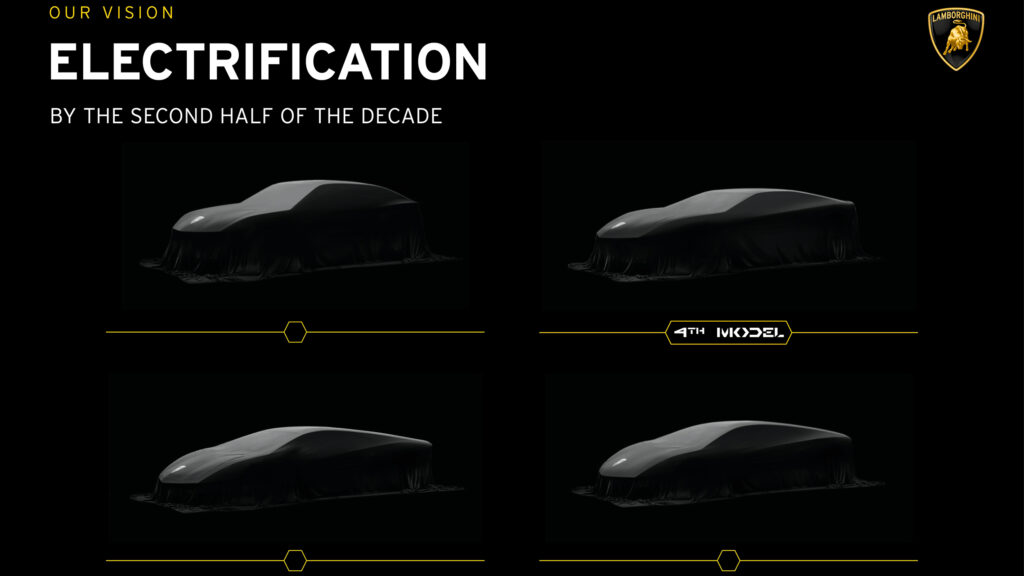
Winkelmann said innovation and a different way of tackling engineering challenges will be at the core of the hybrid push. “We are tackling this the only way we know how to; the Lamborghini way, humble yet confident, determined.”
Winkelmann acknowledged there were challenges with weight in supercars. “Batteries also add weight, the alleged enemy of performance,” he said, before adding that the use of carbon fibre bodies made for a strong start point.
“At Lamborghini, however, we are used to balancing out weight additions. An increase in performance often leads to the addition of weight in the first step. One of our key competencies at Lamborghini is the use of lightweight materials such as carbon fibre.
“Our cars excel in power-to-weight ratio, so we have a very good starting point for hybridisation.”
Lamborghini has been working on innovative battery solutions for its supercars for years.
One of those involves using carbon fibre as part of the battery pack, as explained to EVcentral.com.au in 2019 by Lamborghini chief technical officer Maurizio Reggiani.
“It is a possibility to use structure carbon fibre like a battery, a means of storing energy, using nano technology where we try to have inside the fibre of the carbon fibre a nano tube that (has an) anode and cathode,” he said back then.
“In this way you can use a big part of your body structure or body panel like storage of energy without the increase of weight or without the increase of complexity.”
In developing the electric strategy Reggiani turned to a handful of universities around the world, challenging them to rethink how future fast motoring could be done.
They include Massachusetts Institute of Technology (MIT) and Washington State, which were instrumental in helping Lamborghini consider new approaches to energy storage and electric power delivery.
As for which petrol engine will be used, there are no details for now. A V12 is expected to be part of the mix for the supercar flagship, but overseas reports suggest the V10 will be replaced by a twin-turbo V8 (presumbly it’ll be a variation of an engine used by others in the Volkswagen Group, such as Porsche, Audi and Bentley).
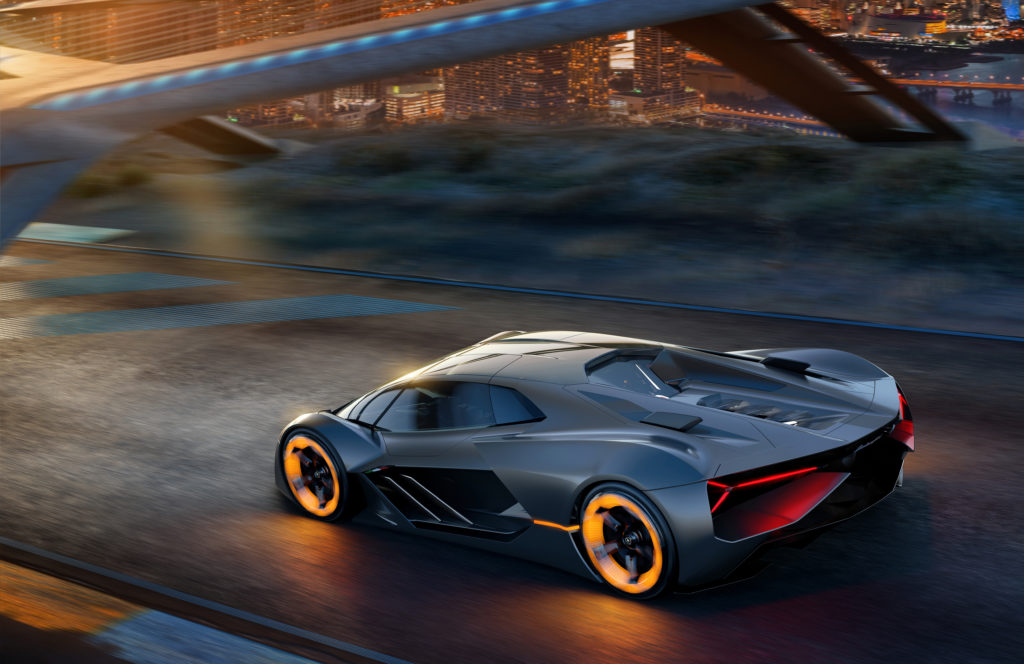
Lamborghini’s first hybrid car, the Sian, teamed a V12 engine with a small electric motor. Announced back in 2019, the Sian is being produced in limited numbers; only 63 coupes and 19 roadsters.
There’s also a chance supercapacitors could replace or be combined with batteries for electricity storage. Capacitors are able to charge and discharge more quickly than batteries, making them especially suitable for high-powered supercars.
“For us, the supercapacitor is really the right device for a supersports car,” said Reggiani. “It can be lighter, you can charge and discharge several times without any deterioration of the performance… efficiency is really high.”
There’s one Lamborghini that’s likely to have less attention during the switch to electrification: the Urus.
Because the Urus already shares so much with other SUVs within the Volkswagen Group – the Porsche Cayenne is the most obvious – it’s set to adopt a more powerful version of the twin-turbo V8. Expect something north of 600kW to make it even more potent than today.
It’s possible Lamborghini could also draw on Volkswagen Group expertise for its first fully-electric car, promised by Winkelmann for some time in the second half of this decade. The 800V electric platform shared by the Porsche Taycan and Audi e-tron GT could provide the Italian brand with a solid starting point…

